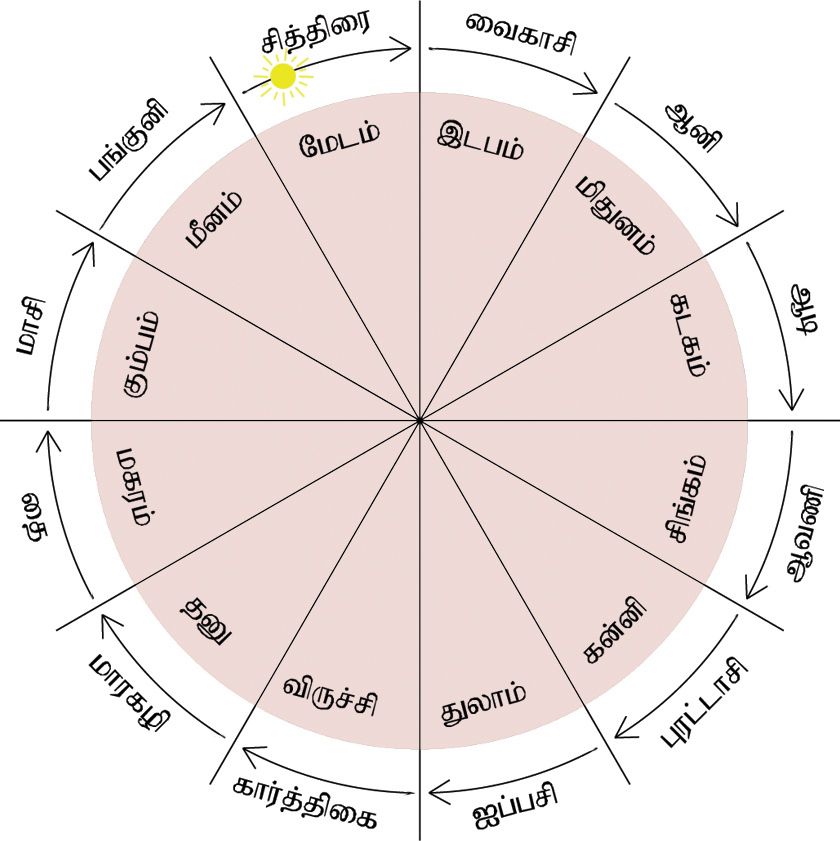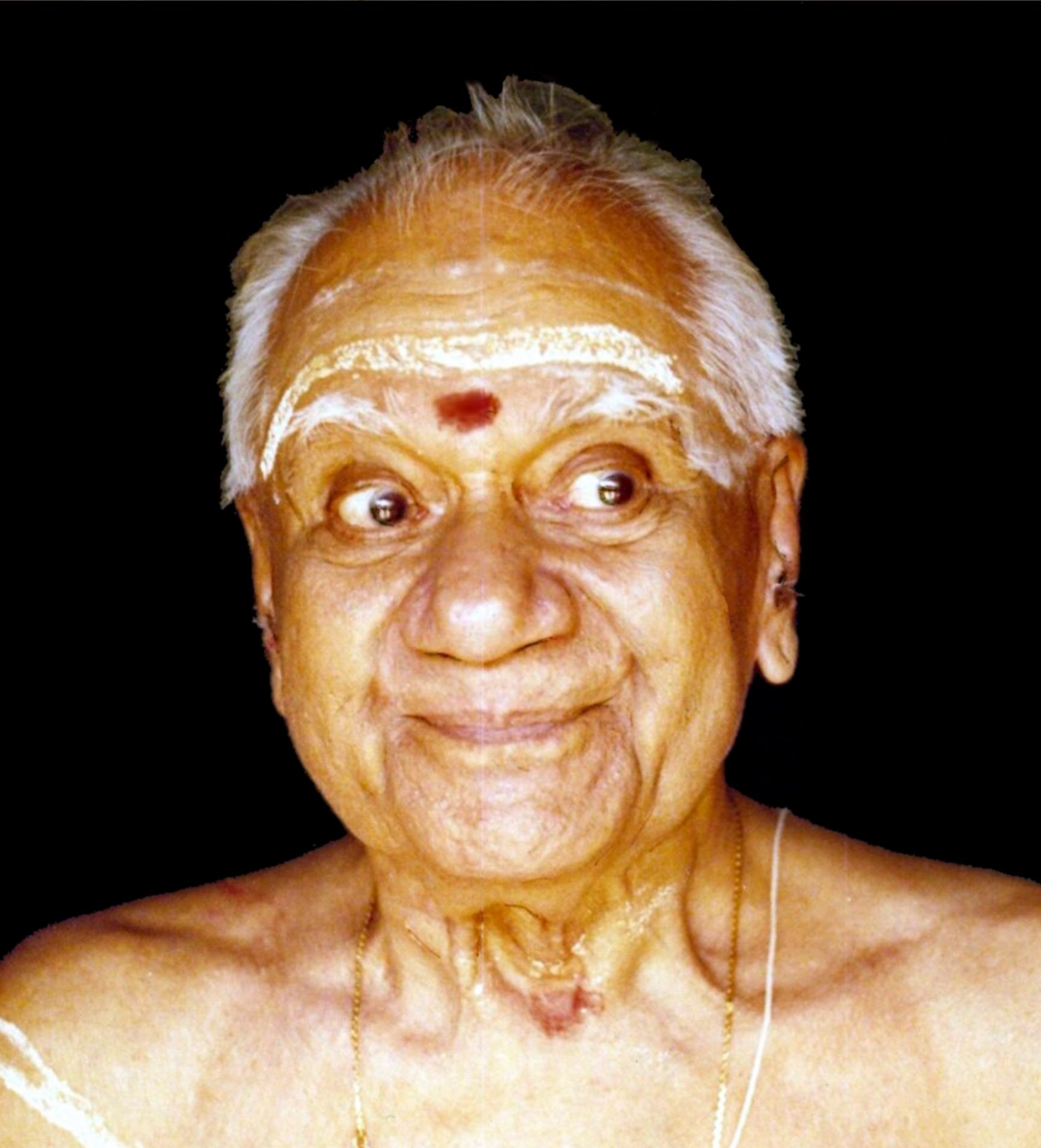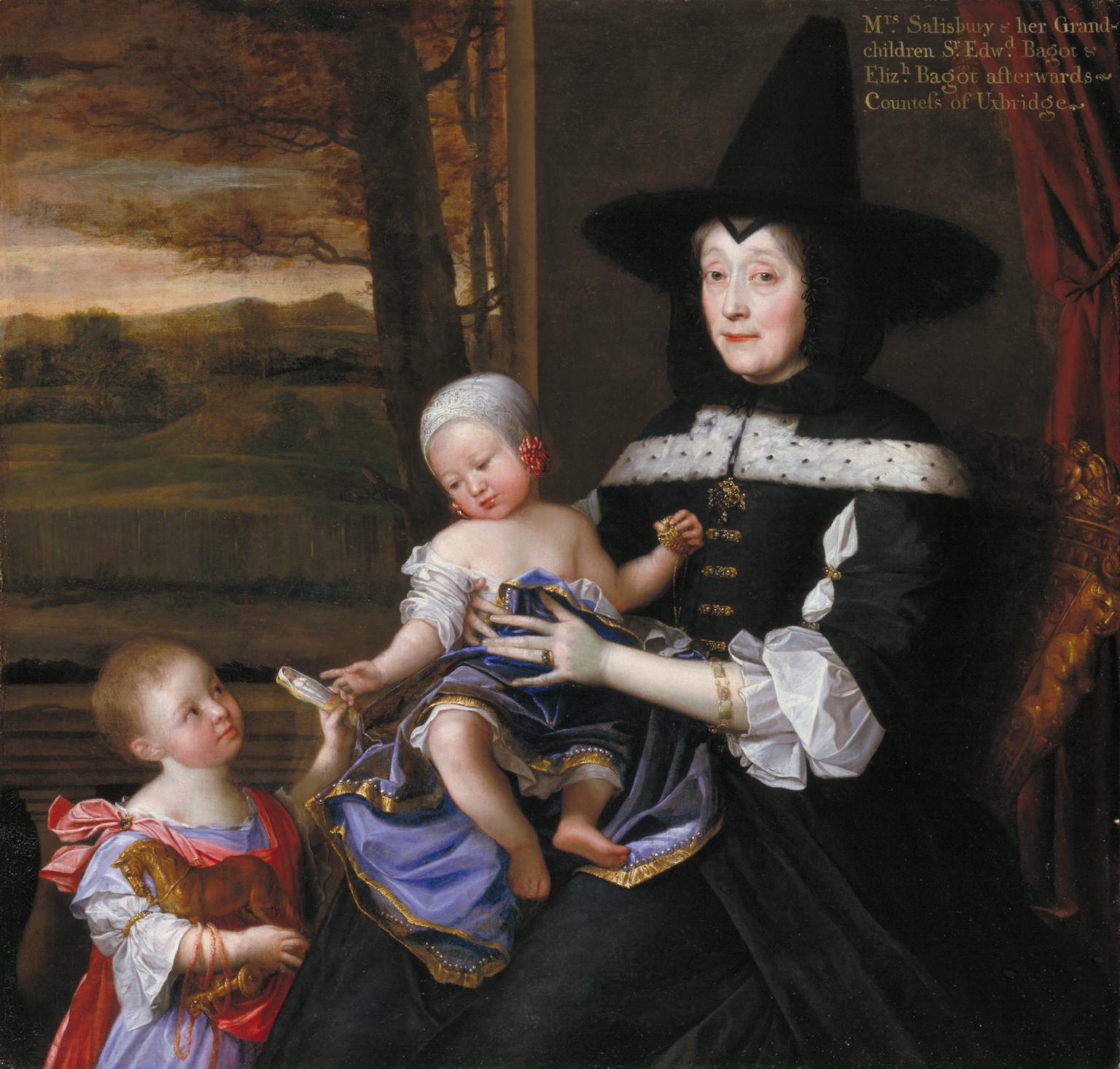|
Araiyar Sevai
Araiyar Sevai () is a Tamil Hindu performing art form, centered on the ritual singing and enactment of the hymns of the ''Divya Prabandham'', the canon of the Sri Vaishnava tradition. Araiyar Sevai is generally performed only inside Vaishnavite temples in the presence of the temple '' utsavar'' — the temple's processional deity — by hereditary male performers called Araiyars. Although temple inscriptions suggest its performance was once widespread, it is today only performed in few temples in Tamil Nadu: the temple shrine of Srirangam, shrine of Azhagiya Manavala Perumal Temple, the shrine of Alvar Tirunagari and the temple of Andal at Srivilliputhur. It is also performed in a different form at the Melkote temple in southern Karnataka, where the hymns of the ''Divya Prabhandham'' is sung, but not enacted. Origin legends Performing legends trace the origin of the Araiyar Sevai to Nathamuni, a 10th-century Vaishnavite teacher, who according to tradition compi ... [...More Info...] [...Related Items...] OR: [Wikipedia] [Google] [Baidu] |
Tamil Hindus
Tamil Hindus () are the Tamil language, Tamil-speaking people who follow Hinduism. Hinduism was the first religion to reach the ancient Tamil kingdoms. Tamil Nadu is home to one of the largest functioning Hindu temples in the world. Tamil influence was one of the contributing factors in survival of Hinduism in Sri Lanka and its spreading in South East Asia. Before the Vedic period, many of them followed the ancient Dravidian folk religion. The Hinduism practiced by Tamils today is a fusion of Vedic and Dravidian traditions. There are notable population of Tamil Hindus in Sri Lanka and in States and union territories of India, Indian states of Tamil Nadu, with small populations in Kerala and Karnataka. Though they are present in many countries as diaspora. During the Sri Lankan Civil War, many Tamils emigrated and Hindu temples were built abroad by the Sri Lankan Tamil diaspora to maintain their religion, tradition and culture. Religion Perumal (deity), Perumal () or Tirum ... [...More Info...] [...Related Items...] OR: [Wikipedia] [Google] [Baidu] |
Panguni Uthiram
Panguni Uthiram () is a Tamil Hindu festival. It is marked on the purnima (full moon) of the month of Panguni (14 March - 13 April). It falls on the day the moon transits the nakshatram (asterism) of Uttiram ( Uttara Phalguni) in the twelfth month Panguni of the Tamil calendar. This coincides with the Hindu calendar month of Phalguna/Chaitra. Panguni is also the last month of the Solar Tamil Calendar year after which the next New Tamil Year begins. Significance Panguni Uthiram commemorates the weddings of Shiva and Parvati, Rama and Sita, Murugan (Kartikeya) and Devasena, and Ranganatha (Vishnu) and Andal. It is also marks the manifestation of Ayyappan. Lakshmi is said to have emerged from the Ocean of Milk during the legend of the Samudra Manthana on this occasion, celebrated as Mahalakshmi Jayanti. The day is intended to underline the glory of (the married life of a householder). Religious practices Devotees of Murugan carry a '' kavadi'' for the fulfillment of v ... [...More Info...] [...Related Items...] OR: [Wikipedia] [Google] [Baidu] |
Purattasi
The Tamil calendar (தமிழ் நாட்காட்டி) is a sidereal solar calendar used by the Tamil people of the Indian subcontinent. It is also used in Puducherry, and by the Tamil population in Sri Lanka, Malaysia, Singapore, Myanmar and Mauritius. It is used in contemporary times for cultural, religious and agricultural events, with the Gregorian calendar largely used for official purposes both within and outside India. The Tamil calendar is based on the solar calendar. Description The calendar follows a 60-year cycle that is also very ancient and is observed by most traditional calendars of India and China. This is related to 5 12-year revolutions of Jupiter around the Sun and one that adds up to 60 years and the orbit of Nakshatras (stars) as described in the Surya Siddhanta. In the Gregorian year , the Tamil year starts on 14 April , Kaliyuga . The Vikrama and Shalivahana (Saka) eras are also used. There are several references in early Tamil ... [...More Info...] [...Related Items...] OR: [Wikipedia] [Google] [Baidu] |
Srivilliputhur Araiyar Swamy
Srivilliputhur is a municipality in Virudhunagar district in the Indian state of Tamil Nadu. As of 2011, the town had a population of 75,396. The most important landmark of Thiruvilliputhur is 11-tiered tower structure dedicated to the Vatapatrasayee (Vishnu), the presiding deity of the Srivilliputhur Divya Desam. The tower of this temple rises 192 feet high and is the official symbol of the Government of Tamil Nadu. It is said to have been built by Periyalvar, in the year 788 CE and believed to be the adopted father of the temple deity, with a purse of gold that he won in debates held in the palace of Pandya King Vallabhadeva. Srivilliputhur is well known for its ancient heritage and devotional contributions. It is on the Virudhunagar - Sengottai line of the Southern Railway, about 74 km south of Madurai and connected by road and rail with Madurai, Rajapalayam, Sankarankovil & Sengottai, Sivakasi and Sattur. Etymology As per historical legend, the land around Sri ... [...More Info...] [...Related Items...] OR: [Wikipedia] [Google] [Baidu] |
Kamsa
Kamsa (, ) was the tyrant ruler of the Vrishni kingdom, with its capital at Mathura, Uttar Pradesh, Mathura. He is variously described in Hindu texts, Hindu literature as either a human or an asura; The Puranas describe him as an asura, while the Harivamsa, Harivamśa describes him as an asura reborn in the body of a man. His royal house was called Bhoja; thus, another of his names was Bhojapati. He was the cousin of Devaki, the mother of the deity Krishna; Krishna ultimately fulfilled a prophecy by slaying Kamsa. Kamsa was born to King Ugrasena and Queen Padmavati. However, out of ambition, and upon the advice of his personal confidantes, Banasura and Narakasura, Kamsa decided to overthrow his father, and install himself as the King of Mathura. Therefore, upon the guidance of another advisor, Chanura, Kamsa decided to marry Asti and Prapti, the daughters of Jarasandha, King of Magadha (Mahajanapada), Magadha. After a heavenly voice prophesied that Devaki's eighth son would ... [...More Info...] [...Related Items...] OR: [Wikipedia] [Google] [Baidu] |
Samudra Manthana
The Samudra Manthana () is a major episode in Hinduism that is elaborated in the Vishnu Purana, a major text of Hinduism. The Samudra Manthana explains the origin of the elixir of eternal life, amrita. Nomenclature *Sāgara manthana (सागरमन्थन) – ''Sāgara'' is another word for '' Samudra'', both meaning a sea or large water body. *Kshirasāgara manthana (क्षीरसागरमन्थन) – ''Kshirasāgara'' means the ocean of milk or milky ocean. ''Kshirasāgara'' = ''Kshira'' (milk) + ''Sāgara'' (ocean or sea). *Amrita Manthana (अमृतमन्थन) – ''Amrita'' means the elixir. “''Churning for the Elixir”'' Legend Indra, the King of Svarga, was riding on his divine elephant when he came across the sage Durvasa, who offered him a special garland given to him by an apsara. The deity accepted the garland and placed it on the trunk (sometime the tusks or the head of the elephant in some scriptures) of Airavata (his mount) as a tes ... [...More Info...] [...Related Items...] OR: [Wikipedia] [Google] [Baidu] |
Abhinaya
Abhinaya (Sanskrit ''abhi-'' 'towards' + ''nii-'' 'leading/guide') is the art of expression in Indian aesthetics. More accurately it means "leading an audience towards" the experience (') of a sentiment ('). The concept, derived from Bharata Muni's ''Natya Shastra'', is used as an integral part of all Indian classical dance styles. pp. 131–186 Abhinaya has four interrelated aspects: ''angika'' (the body), ''vacika'' (the voice), ''aharya'' (costumes, make-up, scenery), and ''sattvika'' (mental states). Expression of the limbs (''Āṅgika Abhinaya'') Angika Abhinaya denotes the movements of angas like head, hands, waist and face. Pratyangas like shoulder, shoulder arm's, thighs, knees and elbows and upangas like eyes, eyelid, cheeks, nose, lips and teeth. Additional hastas (hand gestures) have always played a significant role in conveyance of the emotion and through of a soul. Many of the natural gestures are found common to mankind and their meaning easily understoo ... [...More Info...] [...Related Items...] OR: [Wikipedia] [Google] [Baidu] |
Urdhva Pundra
The Urdhva Pundra () is a tilak, tilaka worn by Vaishnavites, Vaishnavas as an indication of their affiliation with Vishnu. It is generally worn on the forehead, but may also be worn on other parts of the body such as the shoulders. The markings are made either as a daily ritual, or on special occasions, and denote the particular sampradaya'','' or the lineage to which the devotee belongs. The different Vaishnava sampradayas each have their own distinctive style of tilaka based on the siddhanta of their particular lineage. The general tilaka design is of two or three vertical lines resembling the letter U or Y, which represent the lotus feet of Vishnu. Literature The Urdhava Pundra has historically been associated with the Vaishnavism, Vaishnava tradition, just as the Tripundra has been associated with the Shaivism, Shaiva tradition. The Padma Purana explains the theological significance of this symbol: The Vasudeva Upanishad, a Vaishnava text, explains the significance ... [...More Info...] [...Related Items...] OR: [Wikipedia] [Google] [Baidu] |
Sudarshana Chakra
The Sudarshana Chakra (, ) is a divine discus, attributed to Vishnu in the Hindu scriptures. The Sudarshana Chakra is generally portrayed on the right rear hand of the four hands of Vishnu, who also holds the Panchajanya (conch), the Kaumodaki (mace), and the Padma (lotus). In the ''Rigveda'', the Sudarshana Chakra is stated to be Vishnu's symbol as the wheel of time. The discus later emerged as an ayudhapurusha (an anthropomorphic form), as a fierce form of Vishnu, used for the destruction of demons. As an ''ayudhapurusha'', the deity is known as ''Chakraperumal'' or ''Chakratalvar''. Etymology The word ''Sudarshana'' is derived from two Sanskrit words – ''Su'' () meaning "good/auspicious" and '' Darshana'' () meaning "vision". In the Monier-Williams dictionary the word Chakra is derived from the root (''kram'') or (''rt'') or (''kri'') and refers among many meanings, to the wheel of a carriage, wheel of the sun's chariot or metaphorically to the wheel of time. In ... [...More Info...] [...Related Items...] OR: [Wikipedia] [Google] [Baidu] |
Panchajanya
Panchajanya (, ) is the '' shankha'' (conch) of the Hindu preserver deity Vishnu, one of his four primary attributes. The Panchajanya symbolises the five elements, and is considered to produce the primeval sound of creation when blown. Literature Mahabharata According to the Mahabharata, Vishnu is stated to have slain a daitya (a member of a clan of asuras) named Panchajana on a mountain named Chakravan constructed by Vishvakarma, and seized the conch shell in which Panchajana had lived for himself. The conch is named after the daitya. Bhagavad Gita In the Bhagavad Gita, the Panchajanya is mentioned: Harivamsha As per the Harivamsha, Krishna, the avatar of Vishnu, is described as possessing a conch shell called Panchajanya, one of his four attributes together with the mace Kaumodaki, the disc-like weapon Sudarshana Chakra, and a lotus. The conch was used during the Kurukshetra War, and is held in popular tradition to have signalled its beginning and end. Ska ... [...More Info...] [...Related Items...] OR: [Wikipedia] [Google] [Baidu] |
Pointed Hat
Pointed hats have been a distinctive item of headgear of a wide range of cultures throughout history. Although often suggesting an ancient Proto-Indo-Europeans, Indo-European tradition, they were also traditionally worn by women of Sápmi, Lapland, the Japanese people, Japanese, the Mi'kmaq people of Atlantic Canada, and the Huastec people, Huastecs of Veracruz and Aztec (e.g., as illustrated in the Codex Mendoza). The Kabiri of New Guinea have the ''diba'', a pointed hat glued together. History The conical hat is known to have existed as early as the Bronze Age in the Middle East, Eurasia, and Central Europe. Conical hats were recorded in ancient Egypt, especially when depicting Osiris and Pharaoh, pharaohs, who emulated Osiris' iconography. Conical hats were also recorded by many Indo-European civilizations. Golden hat, Golden hats have been recorded in burial sites in Central Europe. The Scythians of the Eurasian steppes were noted for having pointed hats, often mentioned by o ... [...More Info...] [...Related Items...] OR: [Wikipedia] [Google] [Baidu] |
Veshti
A ''veshti'' (), also known as vēṭṭi, is a white unstitched cloth wrap for the lower body in Tamil Nadu and in the North and East of Sri Lanka. Vēṭṭi is a part of the traditional attire consisting of Kurta and Angvastra. The garment is a single piece of cloth and similar to the dhoti, one of the earliest draped garments of India. A vēṭṭi is often layered with horizontal stripes or borders across its length. Style Like many wrap clothes, the vēṭṭi varies in wearing style. It is often simply wrapped around the waist, secured by a corner being tucked beneath the wrapped cloth. It is also worn as Sarong, unlike dhoti, which is looped between the legs. A belt is also used over it (less popular now) just below the closing. Men and women both wear it. For women, the drape is known as vēṭṭi -mundu. Political identity Various border (Saffron, red, green, and blue) colors of vēṭṭi represent different political parties' identities in India. See also * ... [...More Info...] [...Related Items...] OR: [Wikipedia] [Google] [Baidu] |









